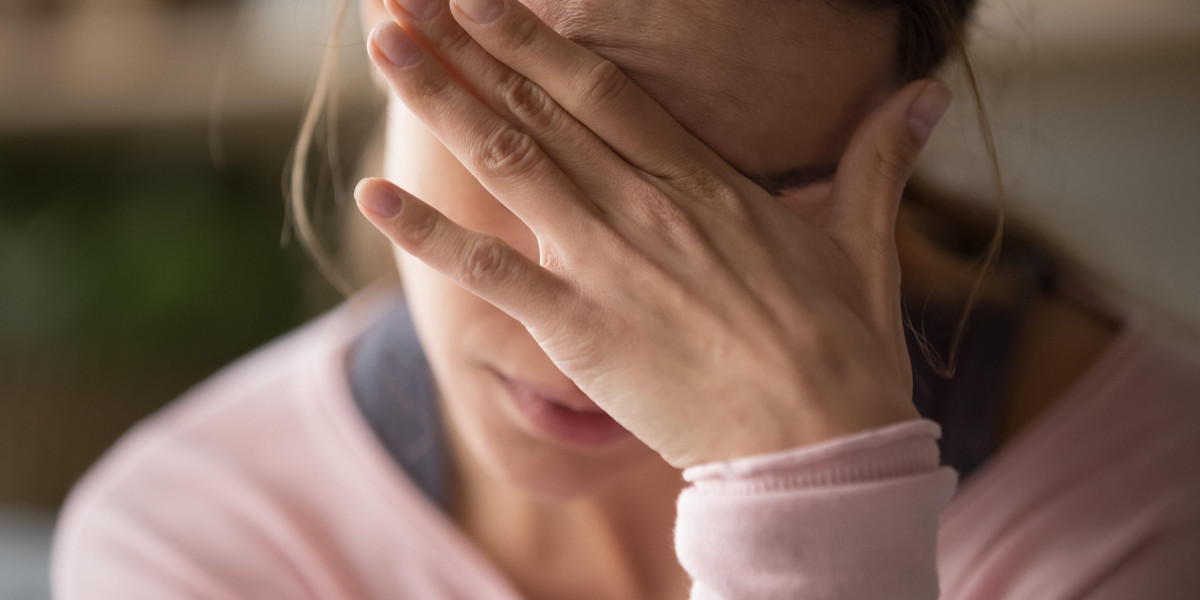Anxiety disorders: what are they?
In the Diagnostic and Statistical Manual of Mental Disorders, Fifth Edition (DSM-5), published by the American Psychiatric Association, the term "anxiety disorder" refers to a broad spectrum of mental illness. Frequent feelings of anxiety, worry, and/or fear are typically indicative of these illnesses and can manifest as both emotional and physical symptoms. While almost everyone occasionally feels anxious, those with anxiety disorders constantly experience significant anxiety that interferes with their ability to function. The DSM-5 lists a number of distinct anxiety disorders. Certain disorders, such as panic disorder and generalized anxiety disorder, are more prevalent and may have more easily identifiable symptoms. Some are less well-known, such as selective mutism and anxiety disorders brought on by drugs or medical conditions. A few disorders, such obsessive-compulsive disorder (OCD) and post-traumatic stress disorder (PTSD), can also have anxiety as a primary symptom, but they actually come under different DSM-5 categories Knowing the signs of any or all of these anxiety disorders may help you make more informed decisions about your mental health, like getting help when you need it.
Important signs of anxiety disorders
Any gender, race, sexual orientation, age, or background can experience the symptoms of an anxiety disorder; however, the way they appear varies according on age, culture, and gender. Nevertheless, learning the common signs of the many anxiety disorders may help you identify them in yourself if they ever arise, allowing you to get the assistance you need. The typical signs of anxiety disorders are listed below.
Anxiety disorders in general
3.1% of Americans suffer from generalized anxiety disorder (GAD) at any given time, according to the Anxiety and Depression Association of America. The Anxiety and Depression Association also states that excessive, ongoing worry, fear, or concern over commonplace events and activities such as job, school, family life, social contacts, and love relationships is a hallmark of generalized anxiety disorder (GAD). In people with GAD, anxiety can be so ubiquitous and hard to manage that it can seriously impair everyday functioning, interpersonal connections, and general well-being.
Other typical signs of generalized anxiety disorder could be:
Having difficulty managing anxiety
Disruptions to sleep
Difficulty focusing
Anger or too much energy
Intolerance
Weary
Tension and pains in the muscles
Anxiety disorders
Panic disorder is characterized by recurrent, unplanned panic attacks. Severe dread fits known as panic attacks can cause physical symptoms like sweating, shaking, shortness of breath, fast heartbeat, chest discomfort, and a suffocating feeling.The Substance Abuse and Mental Health Services Administration (SAMHSA) states that panic attacks can happen "as seldom as a few times a year or as frequently as several times a day." The dread of having another panic attack after having one, which can exacerbate anxiety in general, is another important sign of panic disorder. Because of this dread, the person may even stay away from locations where they previously experienced a panic attack.
Anxiety disorders related to social situations
Severe dread or anxiety related to social situations is a symptom of social anxiety disorder. People who suffer from social anxiety usually worry about being looked down upon or embarrassed in public. This fear goes beyond simple shyness or anxiety; in fact, it's usually strong enough to make a person avoid some or all social settings and react to them physically with trembling, perspiration, nausea, and other symptoms. The following are possible additional signs of social anxiety disorder:
Overwhelming Self-Consciousness
Talking to new people is hard for you
Having trouble forming words in social situations
Excessive replaying of discussions in one's thoughts after they have occurred
Having severe self-judgment following social interactions
Particular fears
A person suffering from a particular phobia could experience severe anxiety related to a particular scenario, thing, or idea. When a person with this kind of condition thinks about or is confronted with the specific fear item, they may experience anxiety symptoms. Common phobias include those related to flying, spiders, blood, heights, and spiders. When someone has a specific phobia, they go beyond simple worry or predictable fear of the source of their unease. Instead, it could cause them to experience severe, incapacitating symptoms. They might also take extreme measures to avoid it, even if it means sacrificing their well-being, finances, social life, or employment.
Anxiety disorder related to separation
Adults can also be affected by anxiety disorder, even though it is more commonly linked to children. When separated from a loved one, such as a family member or romantic partner, those with separation anxiety disorder may suffer from severe fear or worry in addition to physical symptoms. This disorder may cause individuals to have nightmares about being apart from loved ones and to have an unfounded fear that something bad will happen to them.
Is your life being disrupted by anxiety?
Seek for professional counseling services. Options for treating anxiety disorders There are various therapies for anxiety disorders; speak with a medical expert to find the one that will work best for you. A combination of strategies might work best for a lot of folks. Here are a few solutions that are frequently suggested.
anxiety








